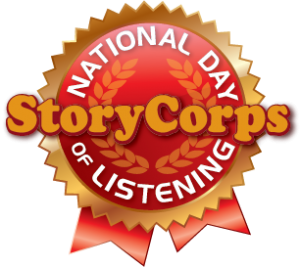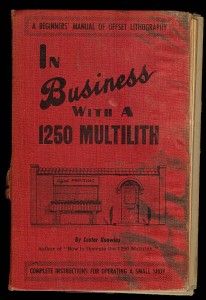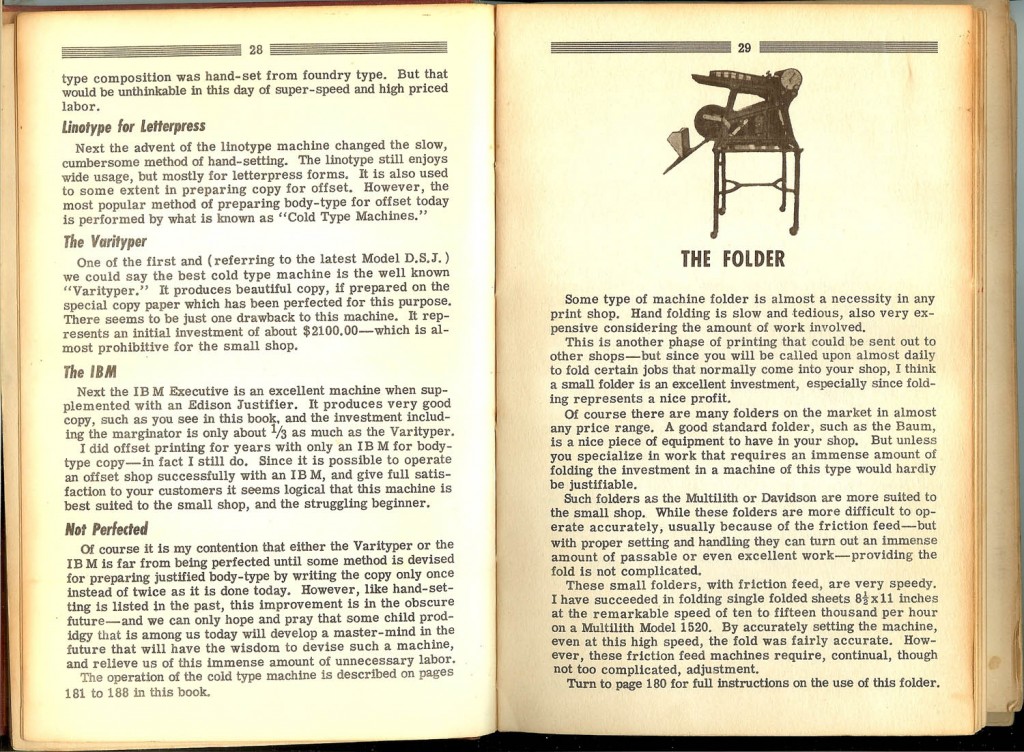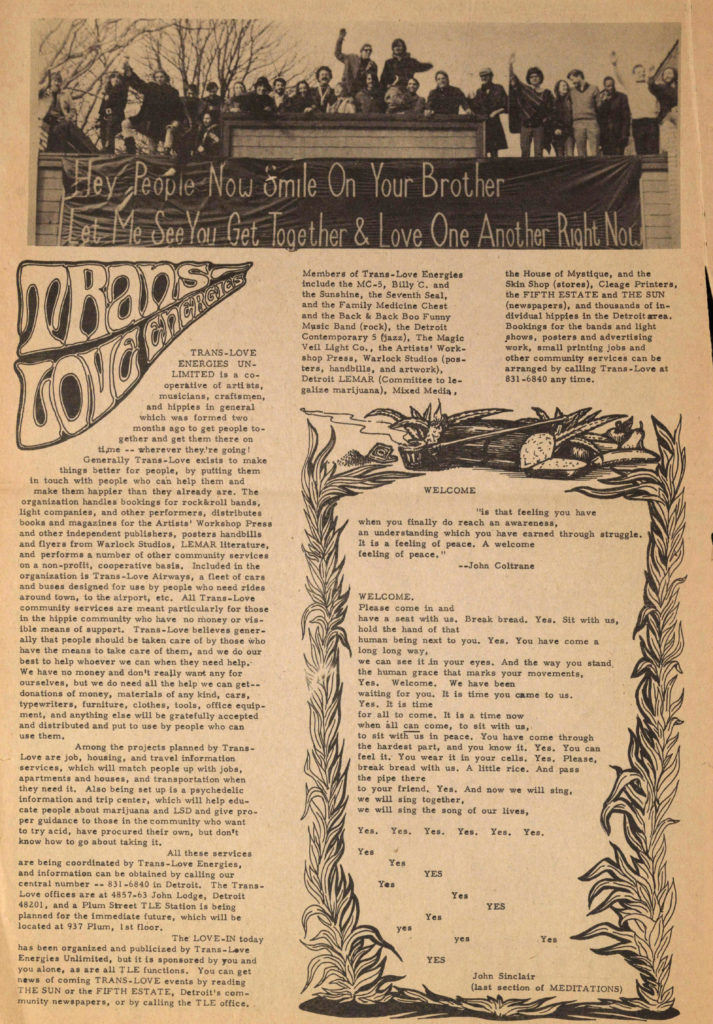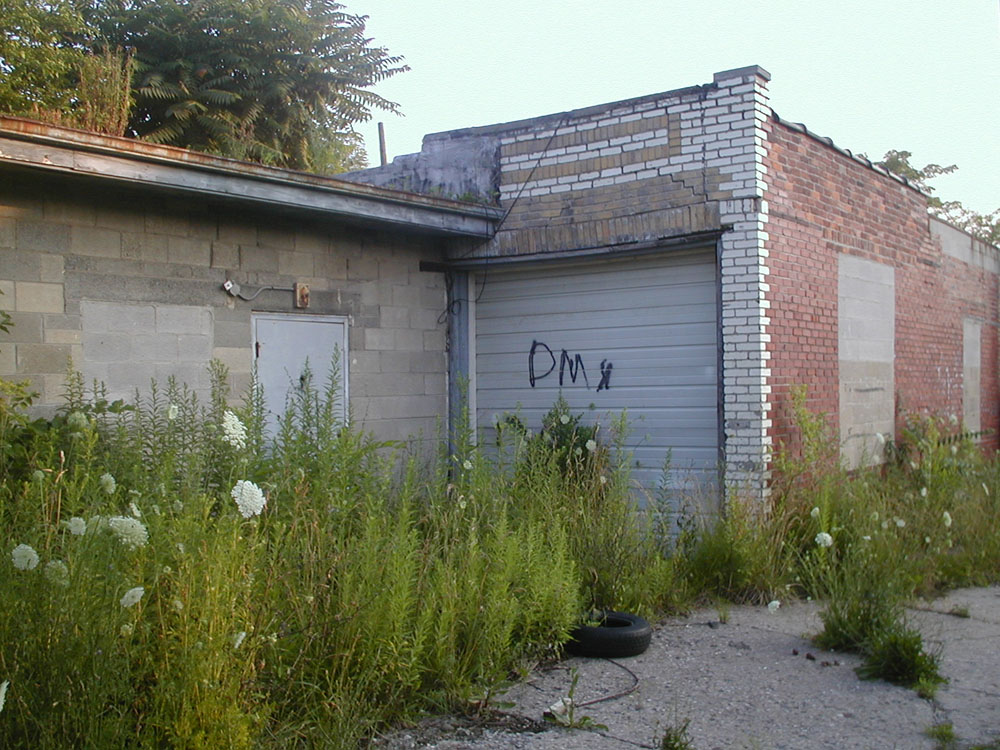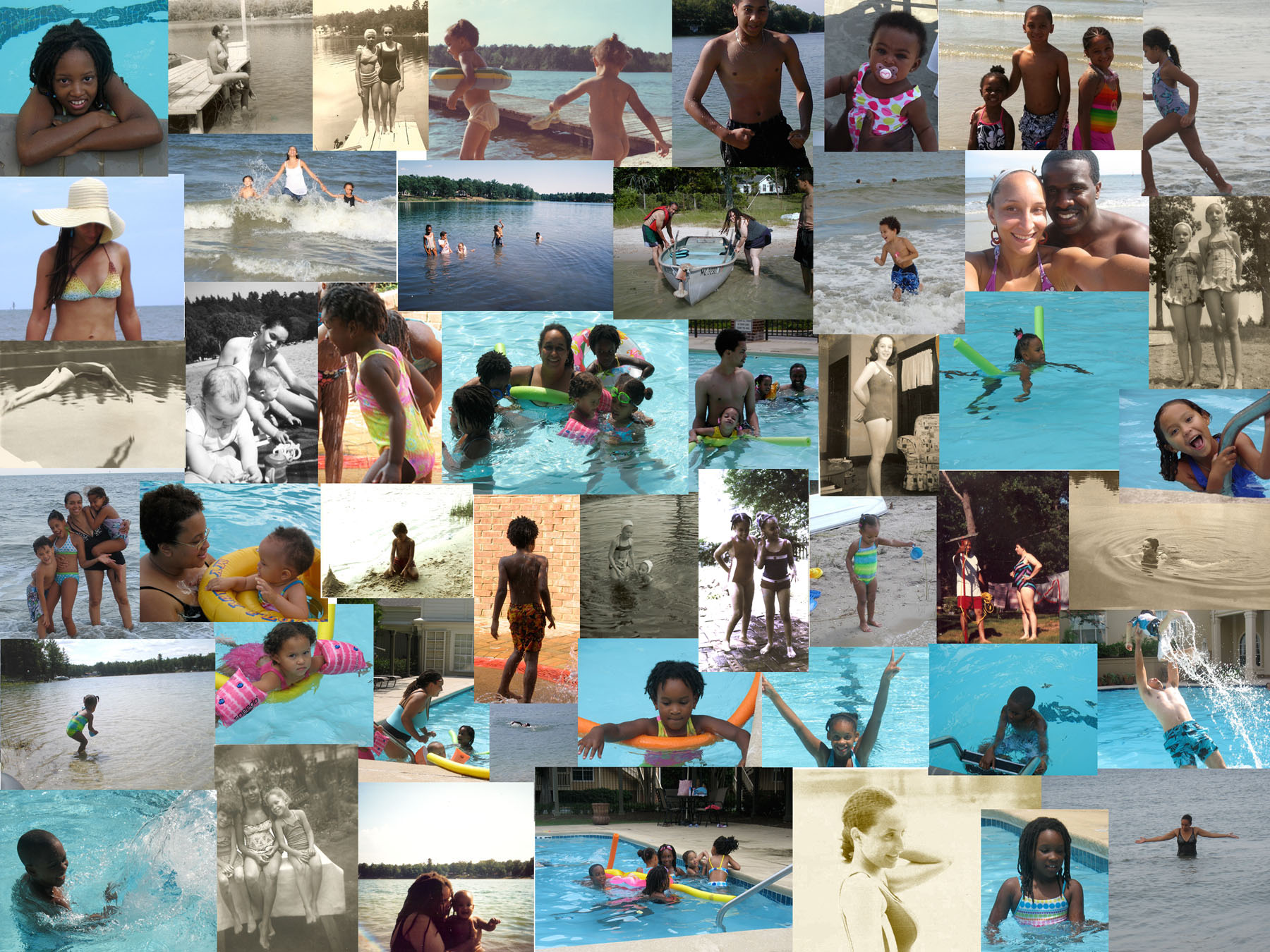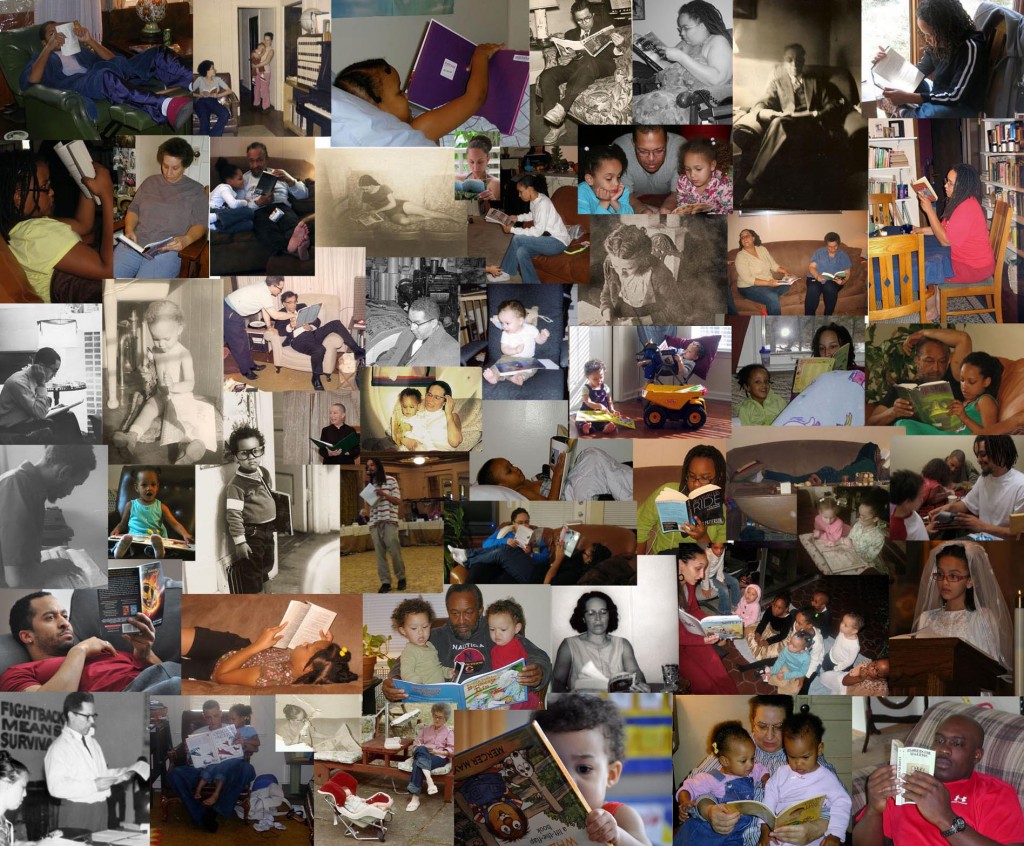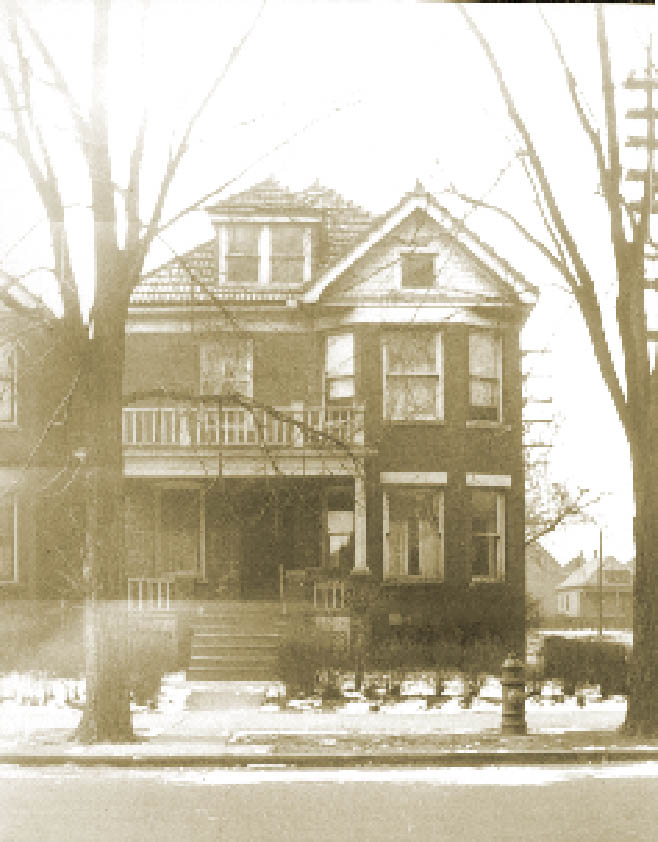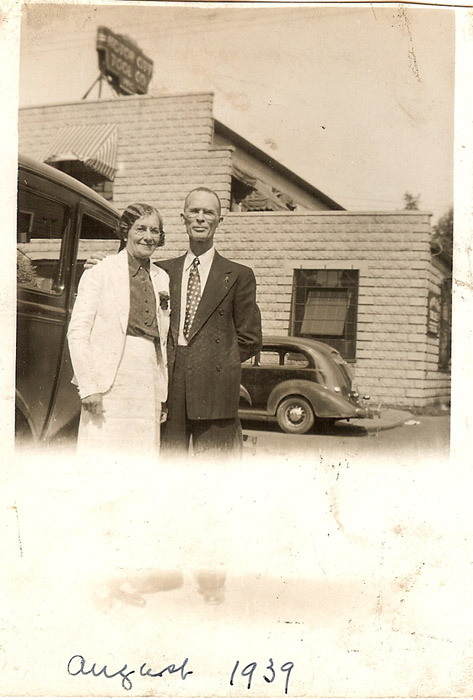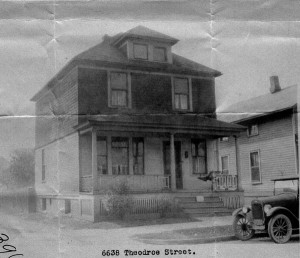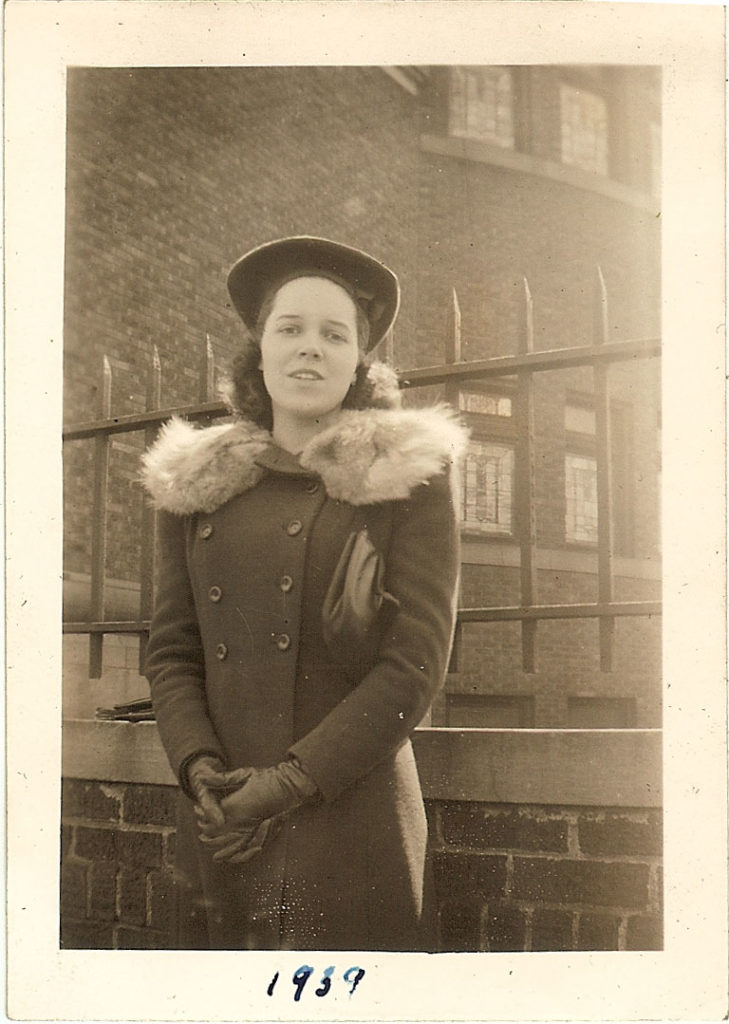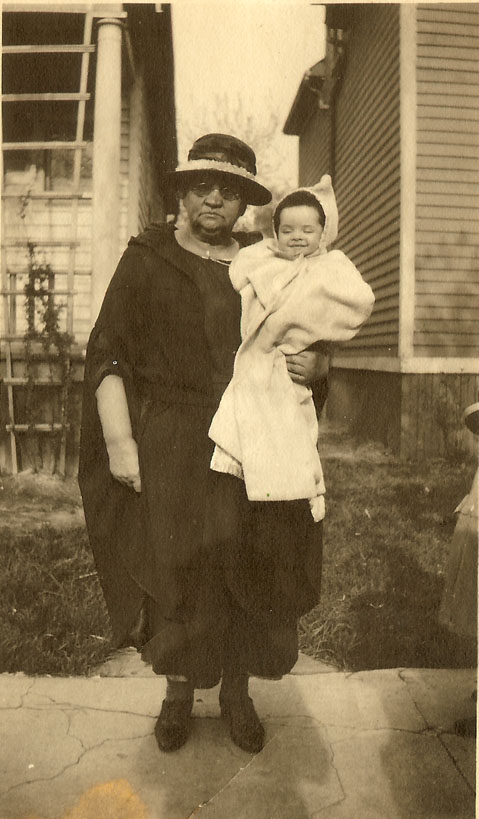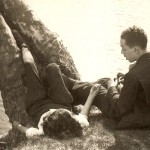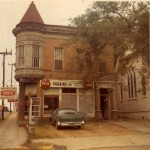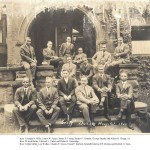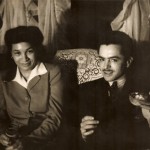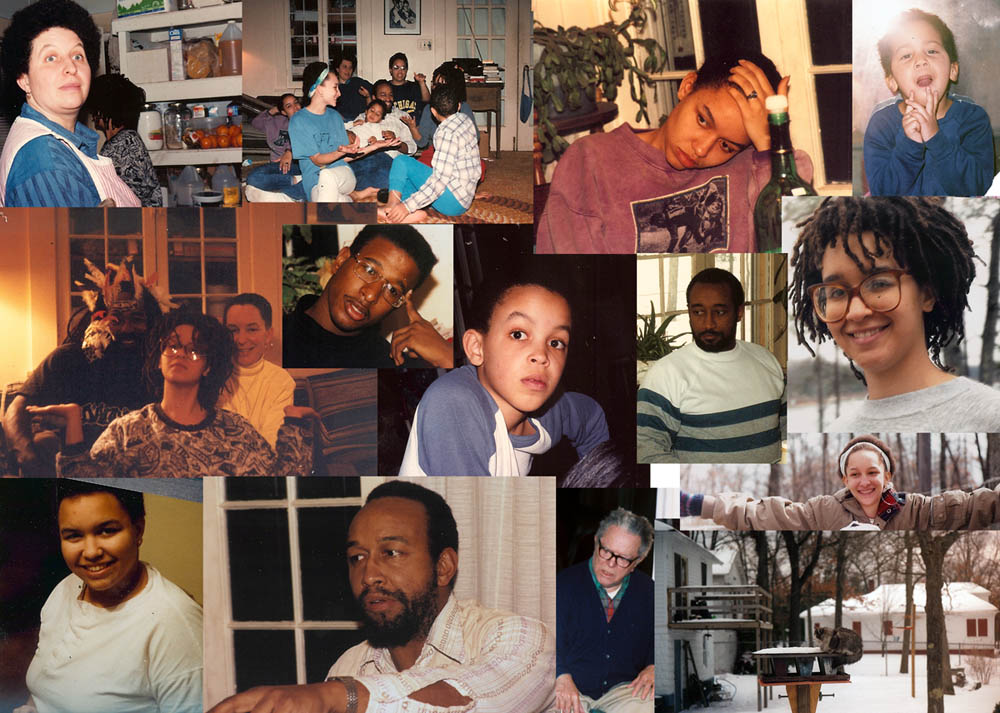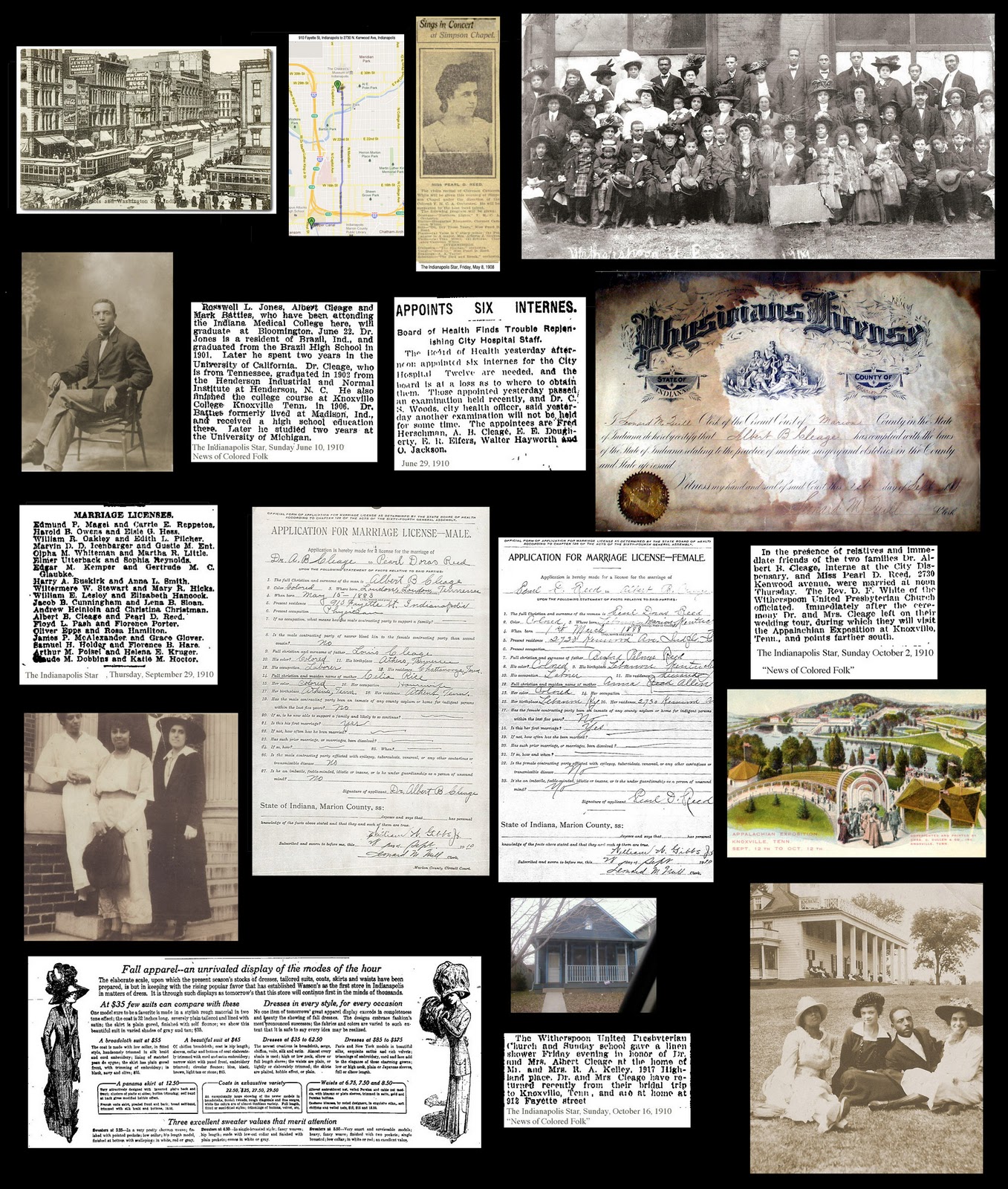
The generations gathered around my Graham grandparents dining room table in 1963 for Thanksgiving dinner. There was turkey with cornbread dressing cooked by my grandfather. There was white rice, cranberry jelly, green beans, corn pudding and sweet potatoes. There was my grandmother’s finely chopped green salad and her homemade biscuits with butter and with a relish plate holding olives, sweet pickles and carrot sticks.
One thing there wasn’t, was talk about the old days. My grandparents were born in 1888. My grandmother was born Fannie Turner in Lowndes County, Alabama. My grandfather was born Mershell Graham in Elmore County, Alabama. They met and married in Montgomery. My great great Aunt Abbie was born in 1877 in Montgomery, Alabama and was the second to youngest child of Dock and Eliza Allen. My mother told us stories she had heard from her mother, mainly about Dock and Eliza and their children. I remember once my older cousin was trimming Aunt Abbie’s toenails when Aunt Abbie mentioned that she used to trim her grandmother’s toenails when she was a girl. And that her grandmother also had arthritis. I have always remembered that, but I didn’t ask any follow up questions about her grandmother, Annie Williams who was born a slave and was full grown and the mother of a fully grown woman when she was freed. And Aunt Abbie didn’t say anything else about it.
My grandfather, who we called Poppy, was a mystery. My mother only had little parts of stories she had gotten from her mother, things that just made the mystery deeper in most cases. What were his siblings names and what happened to them? Are the ones I’ve found that I think are his siblings, really his siblings? In 1900, I found these possible siblings living with a man who is listed as their father but has a name not listed on any of their death certificates, was he their father with a different name? And where was he, my grandfather, in 1900? Why wasn’t he there, or anywhere else I can find? Where was their mother? What was the name of the little white girl he was servant of when he was a boy? The one he slept on the floor outside of her bedroom door? The one who changed his name from Michele to Mershell because Michele sounded too “foreign”? How did he learn to read? Did he go to school? Did he know his grandparents and what plantation did his parents come off of? There was a photograph of his sister and her children in the album. I would like to ask him what their names were. Are they the ones I’ve found in the census?
I would like to ask my grandmother some of the same questions about her father’s family. Howard Turner died when she was 4 and her mother moved away from that community and went back to her family in Montgomery. I was able to find her father’s family because I knew his name, his age and the community he came from but I have no stories about his parents and siblings or what plantation they came off of. I only know that his father, Joseph Turner of Hayneville, Lowndes County was a farmer and owned his own land and had given his son some land which he didn’t want him to sell and the two of them argued about it.
When we went by my other grandparent’s house for desert I would ask where my grandfather’s mother, Celia Rice Cleage Sherman is buried. And why my grandmother Pearl thought her grandmother was Cherokee.
Unfortunately, I can’t go back to 1963 and sit around the table and steer the conversation around to who was where and when and how and why. I can only use the information I do have to keep looking and hope that one day some cousins from those mysterious lines will turn up and perhaps have some of the answers to my questions.
_______________
This was written for the Blog Carnival “The Ancestors Told; the Elders Listened; We Pass It On”.
